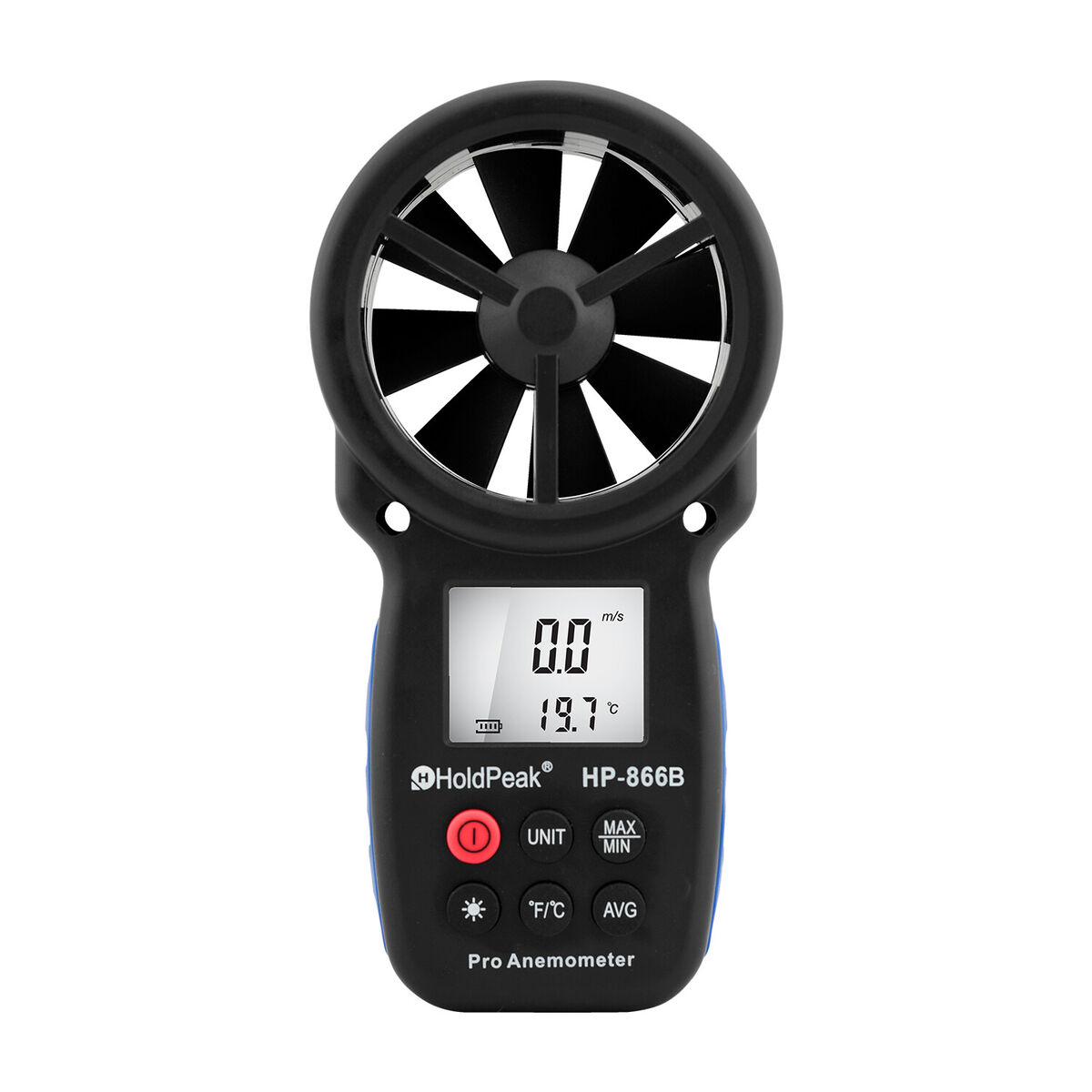Recognizing Different Sorts Of Anemometers for Various Applications
Recognizing Different Sorts Of Anemometers for Various Applications
Blog Article
Discovering the Functions and Benefits of Anemometers for Weather Condition Fanatics and Specialists
From mug anemometers to sonic anemometers, each type brings its unique collection of applications and advantages, losing light on different aspects of climatic conditions. As we delve right into the features and advantages of anemometers, a deeper understanding emerges not just of prevailing climate sensations yet also of the wider implications for sectors like wind energy production and ecological study.
Significance of Anemometers in Weather Monitoring
Anemometers play an essential role in weather monitoring by providing precise dimensions of wind rate, aiding in projecting and understanding climate patterns. These instruments, ranging from traditional mug anemometers to modern-day ultrasonic anemometers, are important for meteorologists, scientists, and climate fanatics alike.

Kinds Of Anemometers and Their Applications
With the critical role anemometers play in weather monitoring and projecting, understanding the numerous kinds of these instruments and their applications becomes crucial for specialists and lovers in the field. One of the most typical types of anemometers consist of cup anemometers, vane anemometers, hot-wire anemometers, and ultrasonic anemometers. Mug anemometers include three or 4 cups mounted on horizontal arms that rotate with the wind, determining its speed. Vane anemometers, on the various other hand, utilize an openly turning vane to straighten with the wind instructions, providing both wind rate and instructions measurements. Hot-wire anemometers operate based upon the principle of convective warmth transfer, where the cooling impact of the air flow is determined to determine wind rate. Ultrasonic anemometers utilize ultrasonic sound waves to calculate wind speed and instructions precisely.
Each sort of anemometer has its distinct benefits and applications. Mug anemometers are robust and suitable for basic weather surveillance, while vane anemometers are favored for directional dimensions. Hot-wire anemometers are delicate to reduced air velocities, making them ideal for indoor settings. Ultrasonic anemometers are non-intrusive and supply high precision, often made use of in research and specialized weather surveillance applications. Comprehending the features and applications of each kind of anemometer is crucial for picking one of the most suitable tool for specific climate keeping an eye on demands.
Benefits of Making Use Of Anemometers in Projecting
In meteorology, the utilization of anemometers supplies indispensable advantages for boosting the accuracy of weather forecasting. Anemometers determine wind rate and instructions, providing vital information for forecasting weather condition patterns. By integrating wind information right into forecasting versions, meteorologists can much better understand the activity of weather condition systems, anticipate modifications in weather, and problem more exact projections.
In addition, anemometers play an important role in analyzing prospective weather risks. Keeping an eye on wind rates helps forecasters predict serious climate events such as hurricanes, twisters, and winter storms with better accuracy. This very early caution system allows authorities to provide timely alerts and execute essential precaution, lowering the dangers to life and residential property.
Furthermore, anemometers aid in optimizing renewable resource manufacturing. By analyzing wind patterns, meteorologists can identify appropriate locations for wind farms and predict energy result, adding to the reliable generation of wind power.

Anemometers in Wind Energy Manufacturing
Given the critical role anemometers play in giving precise Homepage wind information for climate projecting and risk assessment, their value encompasses the world of wind power manufacturing. Anemometers are necessary instruments in the field of wind energy, where the measurement of wind speed and instructions is vital for establishing the feasibility and efficiency of wind turbine setups. By properly measuring wind rates at differing heights, anemometers aid enhance the placement and layout of wind turbines to take full advantage of energy output.
In wind farms, anemometers are strategically put to gather real-time wind information that is made use of to examine the potential energy manufacturing of a website. This information contributes in figuring out the financial viability of wind energy projects and in projecting energy generation to ensure grid security. In addition, anemometers aid in keeping an eye on wind problems to maximize generator efficiency, stop damage from high winds, and guarantee the safety of personnel operating in the vicinity of wind turbines.
Enhancing Climate Recognizing With Anemometers

Anemometers play an essential function in try this site improving our understanding of microclimates. These local weather can differ significantly from more comprehensive regional projections, making it important to have accurate data for details locations. anemometer. By strategically placing anemometers in various areas, researchers can collect detailed information on exactly how wind acts in various terrains, city environments, or bodies of water
In addition, anemometers add to improving weather condition forecasting designs by supplying real-time information on wind habits. This info is especially valuable for forecasting extreme weather condition occasions, optimizing farming practices, and sustaining industries like air travel and maritime navigation. Overall, anemometers are important instruments that enable us to delve deeper right into the intricacies of weather systems, ultimately causing more precise predictions and better-informed choices.
Conclusion
In final thought, anemometers play a vital function in weather surveillance and projecting by gauging wind speed and instructions. Anemometers likewise have applications in wind energy production, additional highlighting their importance in both meteorology and eco-friendly energy sectors.
From cup anemometers to sonic try this out anemometers, each kind brings its distinct set of benefits and applications, dropping light on numerous facets of atmospheric conditions. These tools, varying from standard mug anemometers to modern-day ultrasonic anemometers, are important for meteorologists, scientists, and weather enthusiasts alike. The most common types of anemometers include mug anemometers, vane anemometers, hot-wire anemometers, and ultrasonic anemometers. Cup anemometers are robust and appropriate for general weather monitoring, while vane anemometers are preferred for directional dimensions. Anemometers are essential instruments in the field of wind energy, where the dimension of wind rate and instructions is essential for identifying the feasibility and effectiveness of wind turbine installments.
Report this page